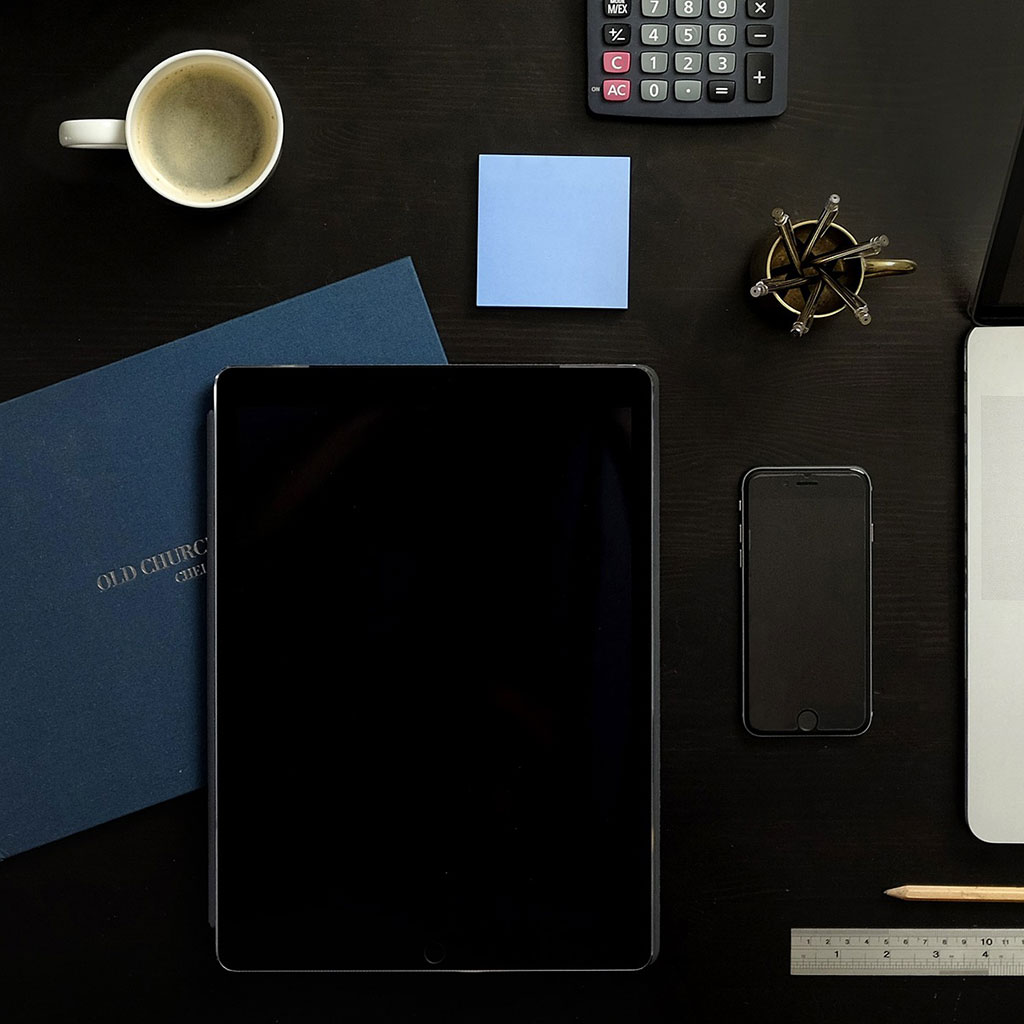How to Connect iPad to TV Wirelessly
How to Connect iPad to TV Wirelessly
Learn how to effortlessly connect your iPad to a TV wirelessly and enjoy streaming your favorite content on the big screen. Discover convenient and straightforward methods for mirroring your iPad’s screen to your TV without the hassle of cables.
Discover the magic of wirelessly connecting your iPad to your TV!
To connect your iPad to a TV wirelessly, you have a few different options, depending on the TV and iPad models. Here are the most common methods:
- Using Apple AirPlay (for Apple TV):
- Both the iPad and Apple TV should be connected to the same Wi-Fi network.
- Enable AirPlay on your iPad: Swipe down from the top-right corner of your iPad’s screen to open Control Center. Tap the “Screen Mirroring” or “AirPlay Mirroring” option, depending on your iOS version.
- Select your Apple TV: Choose your Apple TV from the list of available AirPlay devices.
- Enter the AirPlay code (if prompted): If this is the first time connecting your iPad to the Apple TV, you may be required to enter the code displayed on your TV screen into your iPad.
- Begin screen mirroring: Your iPad’s screen should now be mirrored on your TV via Apple TV, allowing you to stream videos, games, and more directly to the TV.
- Using Google Chromecast (for Google Cast-enabled TVs):
- Set up Chromecast: Connect your Chromecast device to an available HDMI port on your TV and follow the setup instructions.
- Install Google Home app: Download and install the Google Home app on your iPad from the App Store.
- Connect to Chromecast: Open the Google Home app, tap on the “Add” button (+), and select “Set up device.” Follow the on-screen instructions to connect your iPad to Chromecast.
- Cast your screen: Once connected, tap on the “Cast Screen/Audio” option in the Google Home app to mirror your iPad’s display on the TV.
- Using Miracast (for Miracast-enabled TVs or streaming devices):
- Check if your TV supports Miracast: Ensure that your TV or streaming device supports Miracast technology, as not all TVs have this feature.
- Enable screen mirroring on your iPad: Swipe down from the top-right corner of your iPad’s screen to open Control Center. Tap the “Screen Mirroring” option.
- Connect to your TV: Select your Miracast-enabled TV or device from the list of available devices to initiate the connection.
- Begin screen mirroring: Your iPad’s display should now be mirrored on the TV, allowing you to view content on a larger screen.
- Using Roku (for Roku-enabled TVs or streaming devices):
- Set up Roku: Connect your Roku device to an available HDMI port on your TV and complete the setup process.
- Install Roku app: Download and install the Roku app on your iPad from the App Store.
- Connect to Roku: Open the Roku app and tap the “Devices” tab. Select your Roku device from the list to establish a connection.
- Cast your screen: Once connected, tap the “Photos+” button in the Roku app and choose “Cast Photos+” to mirror your iPad’s screen to the TV.
Please note that the availability of these wireless connection methods depends on the compatibility and features of your TV and iPad. Additionally, some streaming apps and services may have restrictions on screen mirroring due to copyright and DRM protection. In such cases, you might not be able to mirror certain content to your TV wirelessly.
Using AirServer
AirServer is an innovative and intuitive way to wirelessly connect an iPad or iPhone to your TV without needing an Apple TV. This is especially handy for those who can’t access the latter but still want to stream content from their device on the big screen. The process starts with downloading the AirServer software to your Mac or PC. The trial version is available if you’re not quite ready to commit your finances, so this is a great option for testing it out before making a purchase.
Once downloaded, AirServer acts as a virtual Apple TV allowing direct streaming from the iPad/iPhone devices. It provides seamless connection of video/audio content from any of these sources that are compatible with the software. Plus, it also offers mirroring capabilities and quality enhancing features such as optimization for upscaling resolution and image clarity – giving users an enhanced experience when viewing content through their tablet or phone on their television.
Troubleshooting Common Issues
Another potential cause of network connection problems is an outdated router. It’s possible that a quick reset of your network connection could solve the issue, so if that doesn’t work it may be worth unplugging your router and waiting 30 seconds before plugging it back in again. This simple step can often clear up any issues with a slow connection, giving you improved signal quality while streaming from your mobile device to your TV screen. If all else fails, try checking online forums or manual guides for more information on how to troubleshoot specific issues with signal interference or networking hardware.
Conclusion
In conclusion, connecting an iPad to a TV wirelessly is possible without the need for additional hardware such as Apple TV. Using either Roku, AirServer, Airplay feature or other compatible streaming software, you can easily connect your iPad to your TV and start enjoying content directly from your device on the big screen. Additionally, if any connection issues arise during this process, be sure to troubleshoot them using steps such as resetting your router or checking online forums for solutions.





You must be logged in to post a comment.